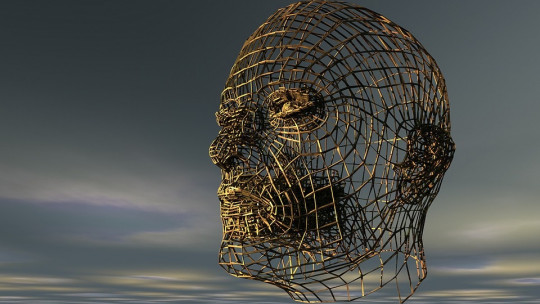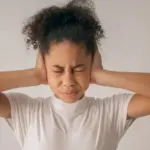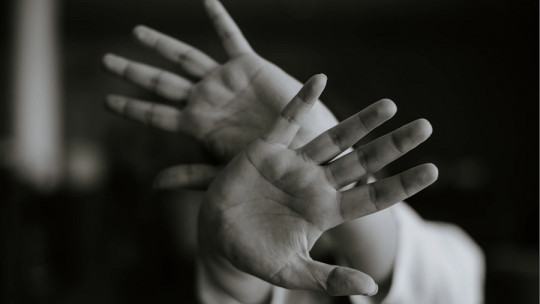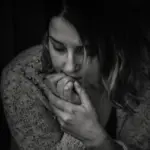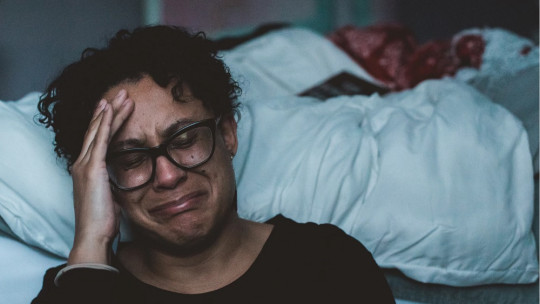
Anxiety is a psychological and physiological phenomenon that is at the basis of many mental disorders. In this article we will see the relationship between anxiety and phobias, obsessions and panic attacks
What do we understand by anxiety?
Nowadays we hear the concepts “stress and anxiety” in many areas. But really… what is stress, what is anxiety and what can they trigger if they are not properly controlled?
In simple terms, stress can be understood as a reaction of a subject when faced with an unknown situation, perceived as tense or dangerous, unpleasant object/person or situation. It may appear as:
Difference between state and trait anxiety
When this “normal” stress is not controlled correctly, it escalates a degree and becomes anxiety; understanding this concept as a feeling of alarm with high intensity, long duration, of a disruptive and disabling nature and originating, normally, in trivial things. It is a universal emotion and serves as an adaptive response of an organism in the face of stress.
The important thing is to differentiate between state and anxious trait. The first is based on the fact of being anxious at a certain moment, as a reaction to a particular circumstance The second is the tendency to remain anxious for a long period of time and is the usual way of coping with day-to-day circumstances.
When this anxiety focuses on specific objects or situations, it is known as a phobia ; when it occurs in episodic attacks, it is called panic; or it may be more irregular, as in the case of obsessions.
Anxious symptoms
The main symptoms of anxiety are divided into the following categories.
Somatics
Psychics
Syndromes associated with the anxious component
The 3 main anxiety syndromes are as follows.
1. Generalized anxiety disorder
It is a concern focused on day-to-day issues. The characteristic ideation components are matters of personal danger and physical harm
2. Social anxiety and specific phobias
It is the disproportionate fear of a specific situation, object or person. They cannot be explained or reasoned, are not under the voluntary control of the person and fear leads to an avoidance of the feared situation. They can be due to both external and internal stimuli.
- You may be interested: “Types of phobias: exploring fear disorders”
3. Panic disorder
Share the symptoms of generalized anxiety, there is an extreme feeling of fear and contains panic attacks ; These appear suddenly and the average duration is between 10 and 20 minutes, a time in which the symptoms are at a very high degree of intensity.
It can be divided into two types: respiratory type (with pain and discomfort in the chest, search for air, paresthesias and a feeling of choking) or non-respiratory.
Obsessions and compulsions
On the other hand, obsessions and compulsions are thoughts, images, impulses, ruminations or fears and acts, rituals and behaviors, respectively. Something important to note is that the subject preserves his insight, he knows that his obsessions are irrational, but even so he cannot avoid them.
The main elements that constitute an obsessive-compulsive experience are:
- The trigger that sets the obsession in motion.
- The obsession itself.
- Disagreement and feeling of guilt.
- compulsive urgency need to carry out a certain behavior.
- Fears of disaster occurring.
- Exacerbated sense of responsibility.
- Behaviors with which you seek security.
- Stimulus avoidance or situations that could trigger obsessions or compulsions.
- Disruption of social functioning.
- Endurance.
In these cases, what can cause anxiety in these cases is both the loss of time invested in these obsessions and compulsions, as well as the physiological discomfort that this state of activation and the fact of looking bad in society and act in a way that is different from what is established or expected standards.
Concluding
Having hobbies, extracurricular activities, relaxation time and time for oneself are measures to prevent the development of some anxiety pathology.
Self-knowledge and self-observation are important to know how to react to stressful situations and the coping skills that each of us has, in order to know if we still have areas of opportunity in which we can work or we have to develop new strategies because the ones we have are no longer efficient. Mental health is as important as physical health.

